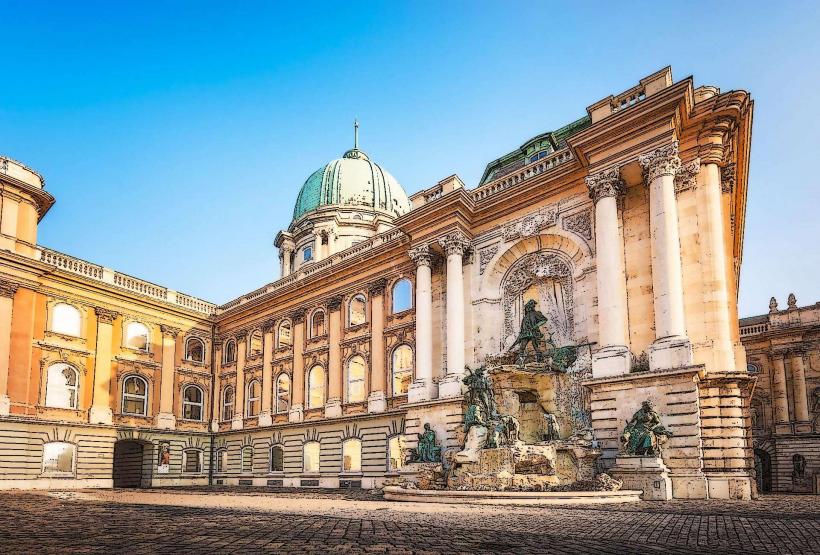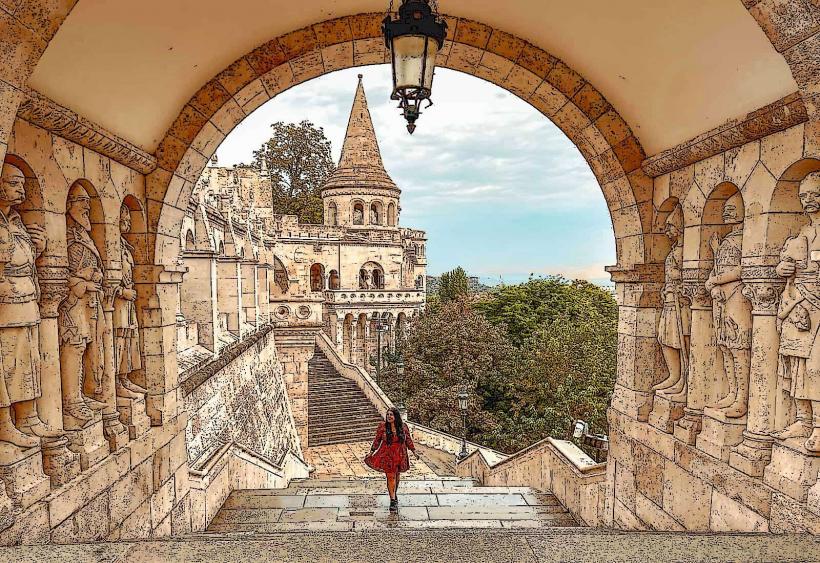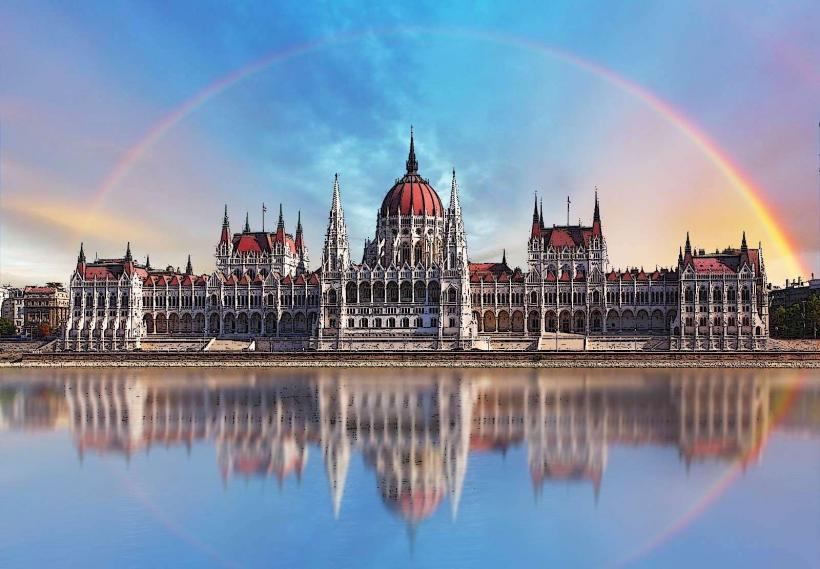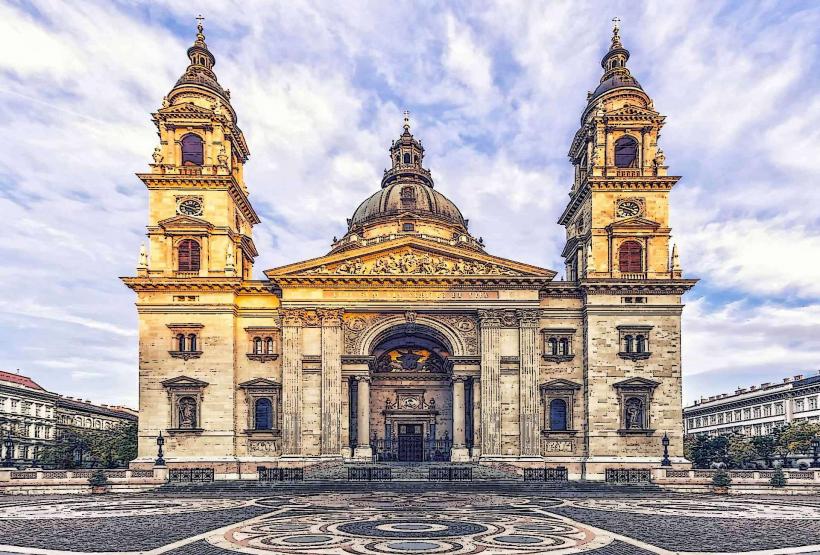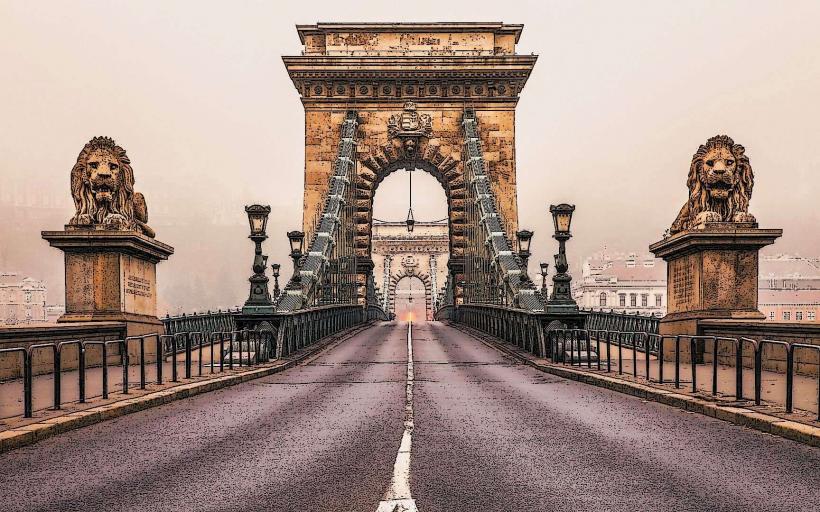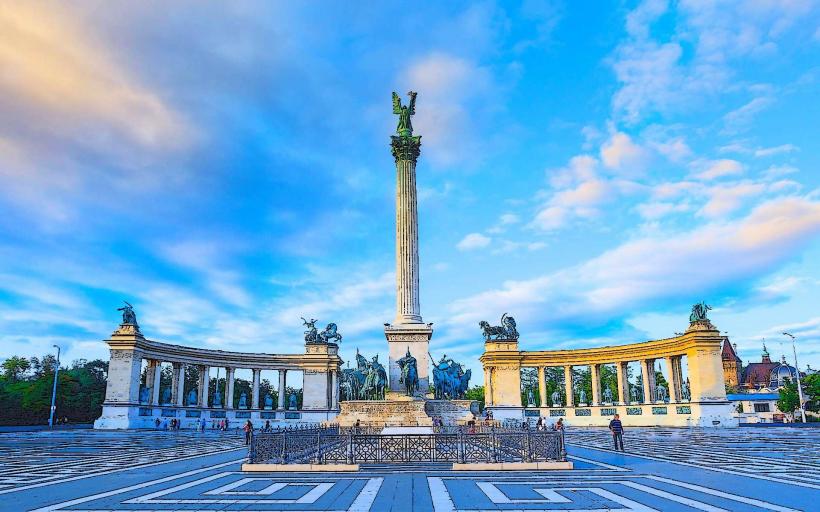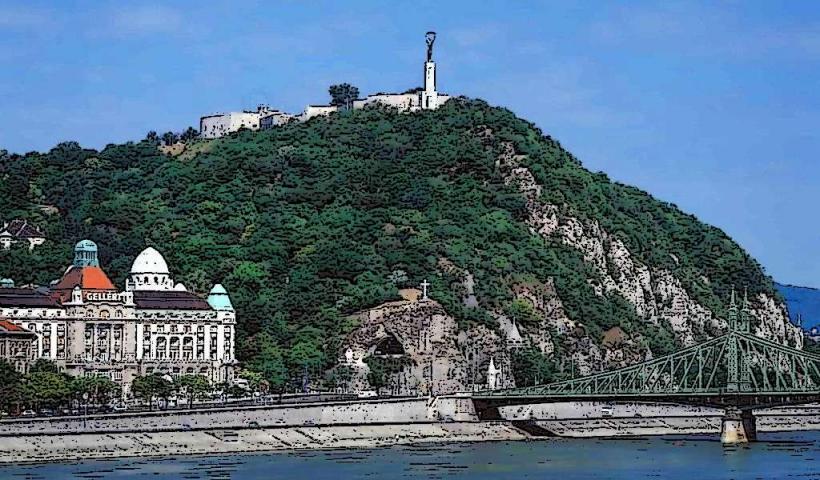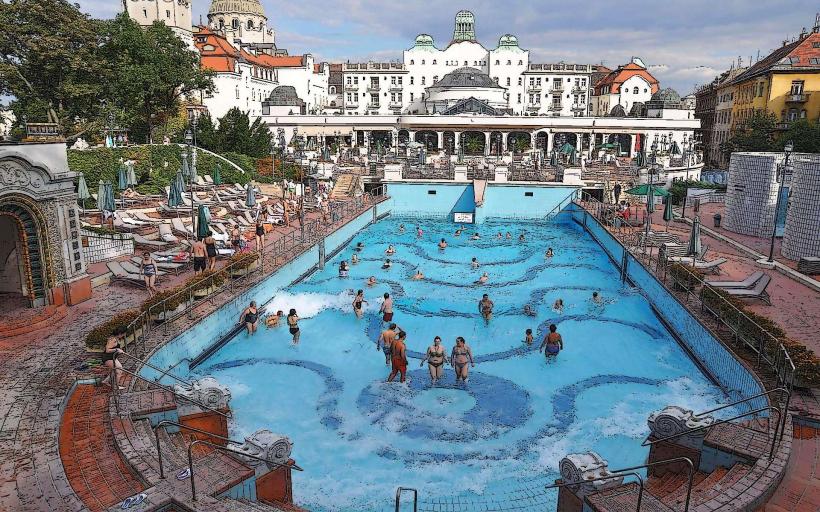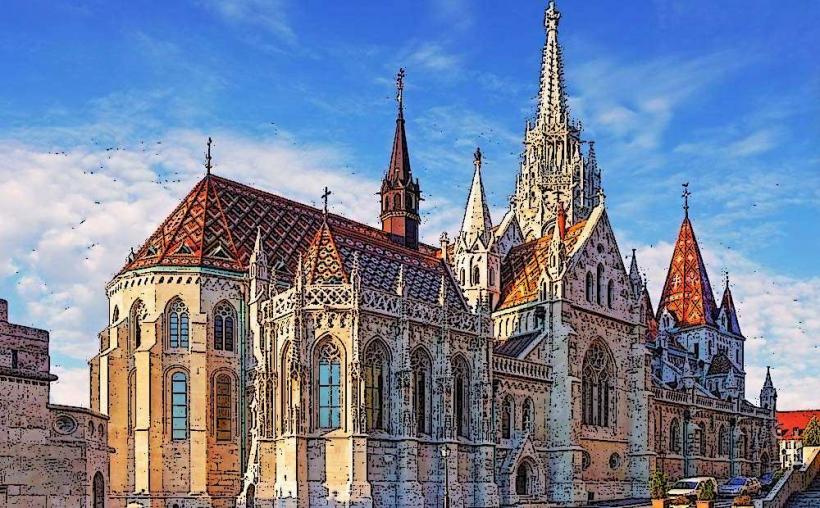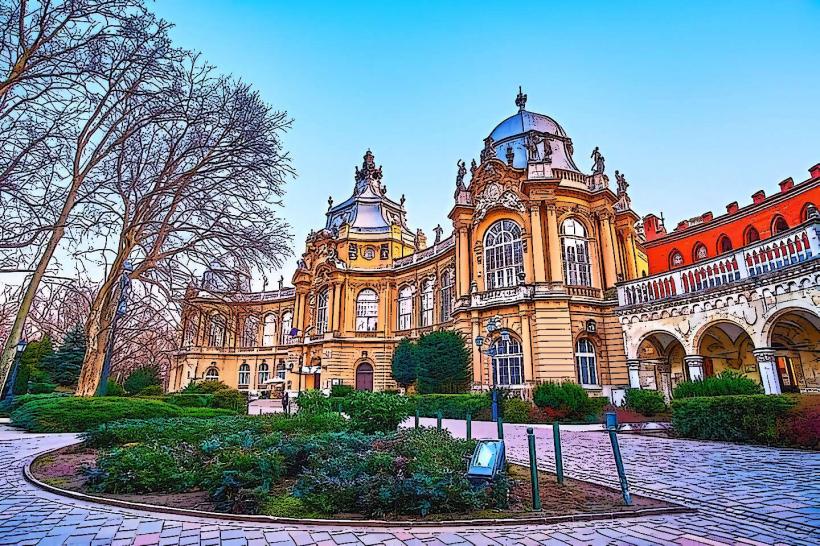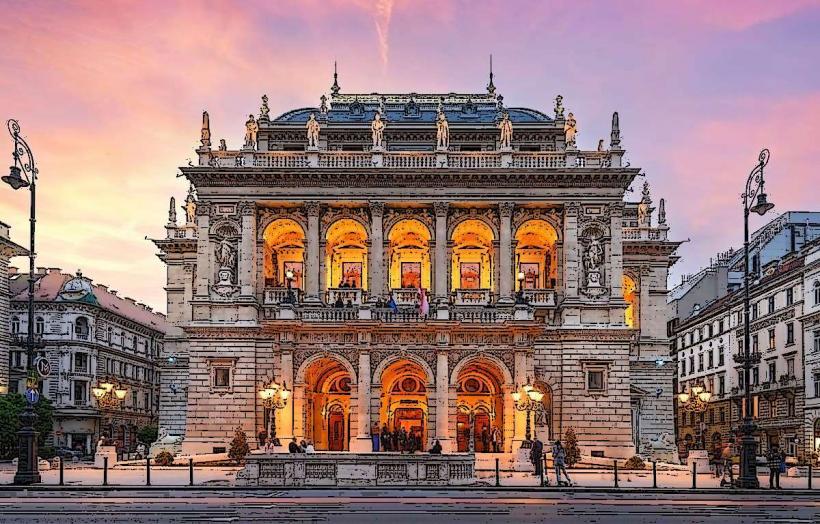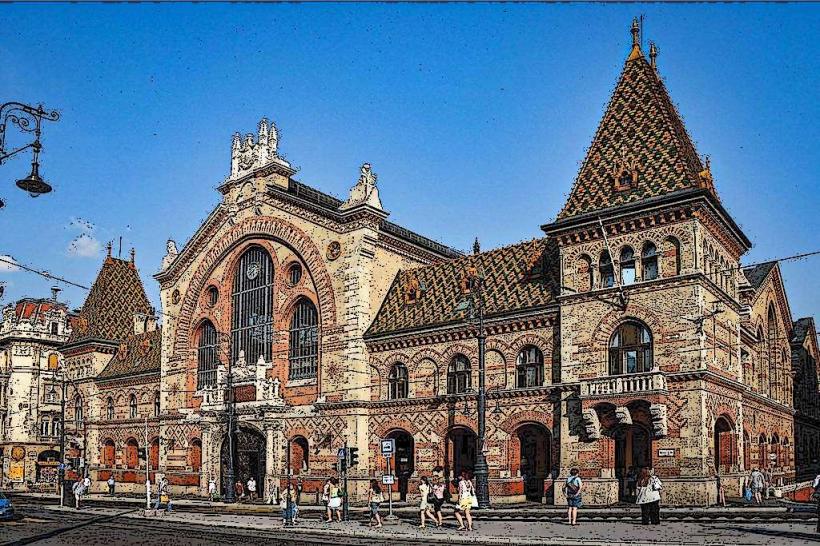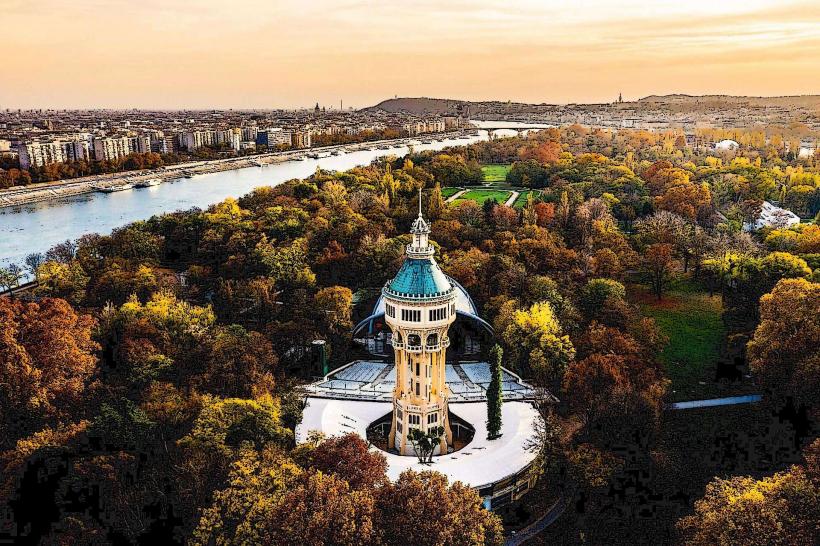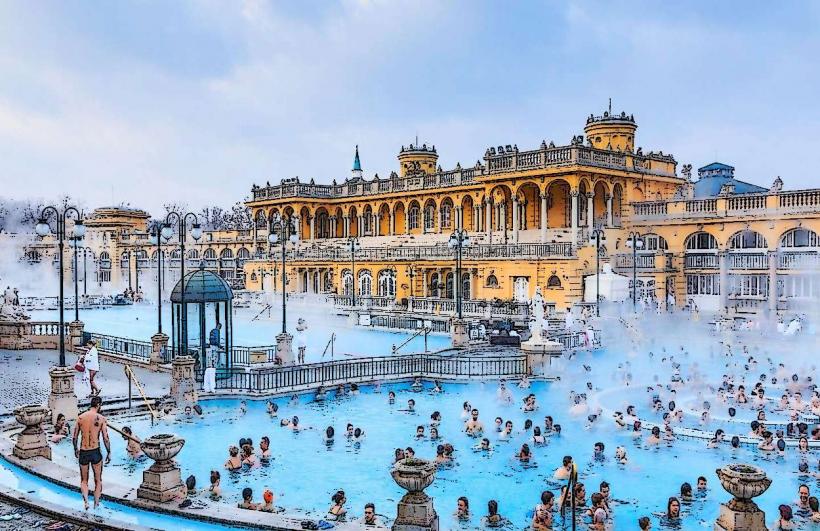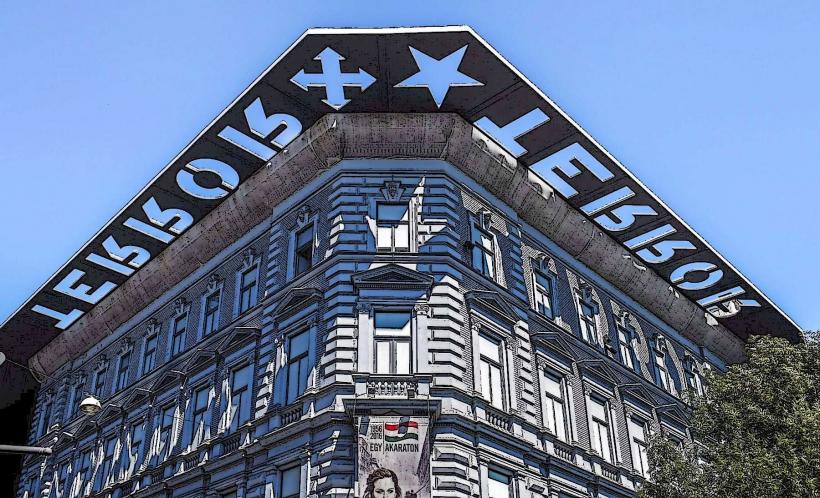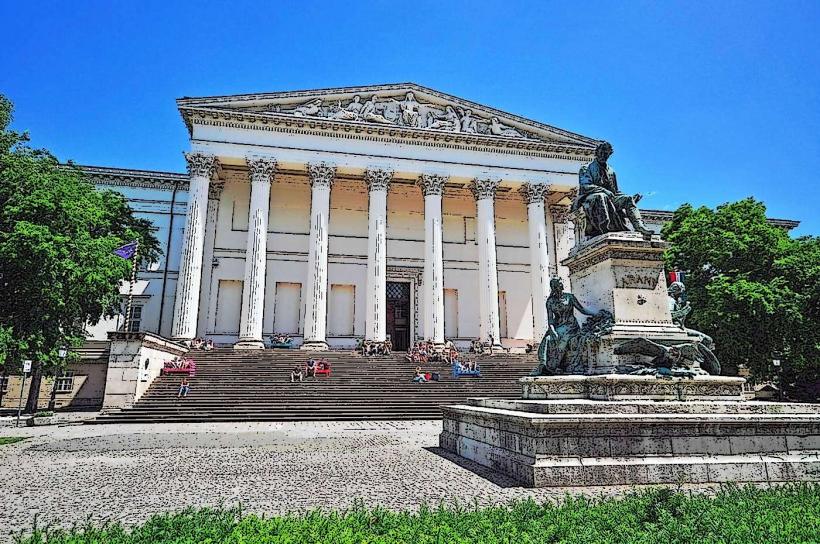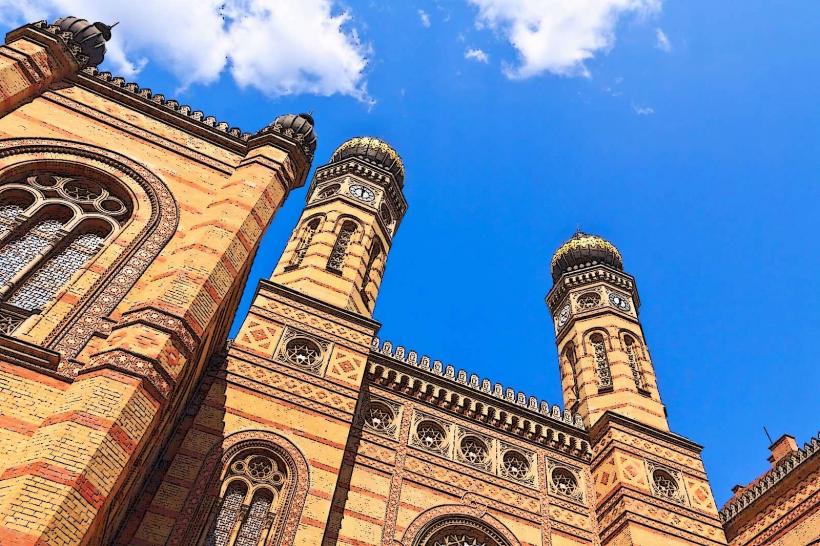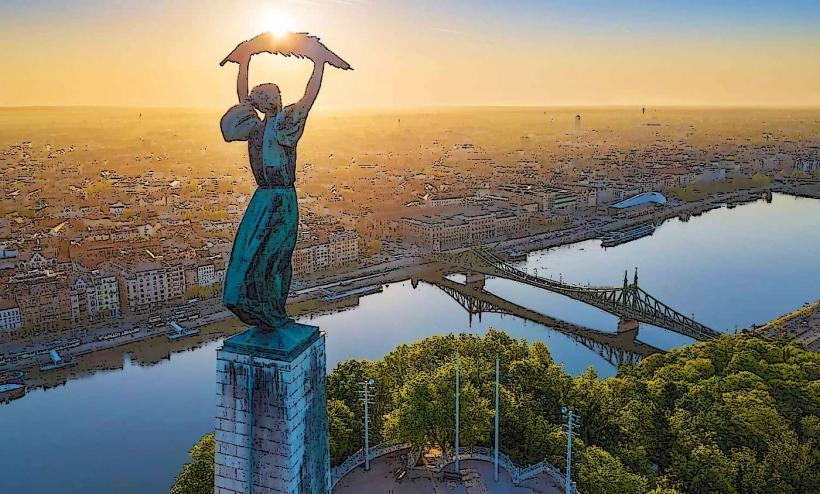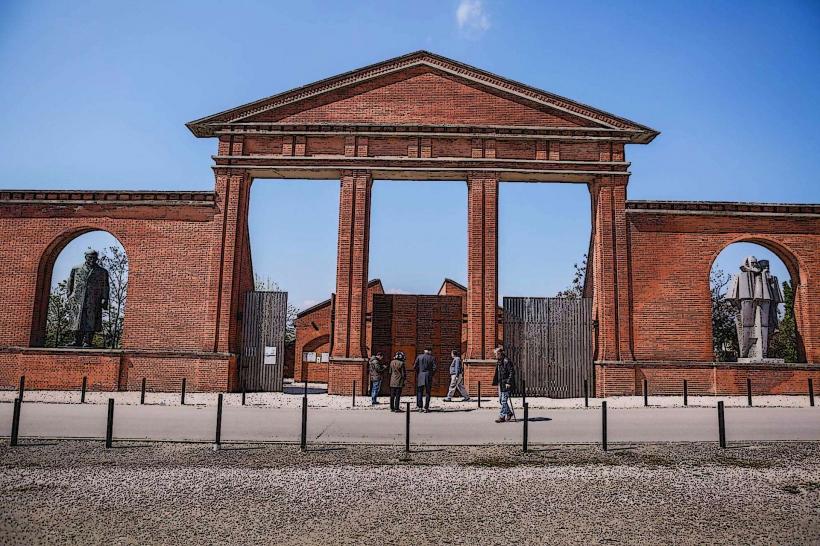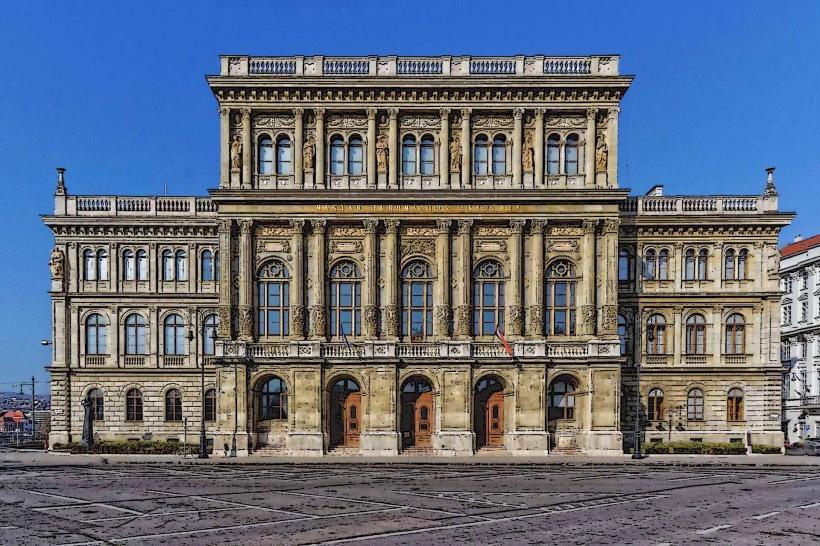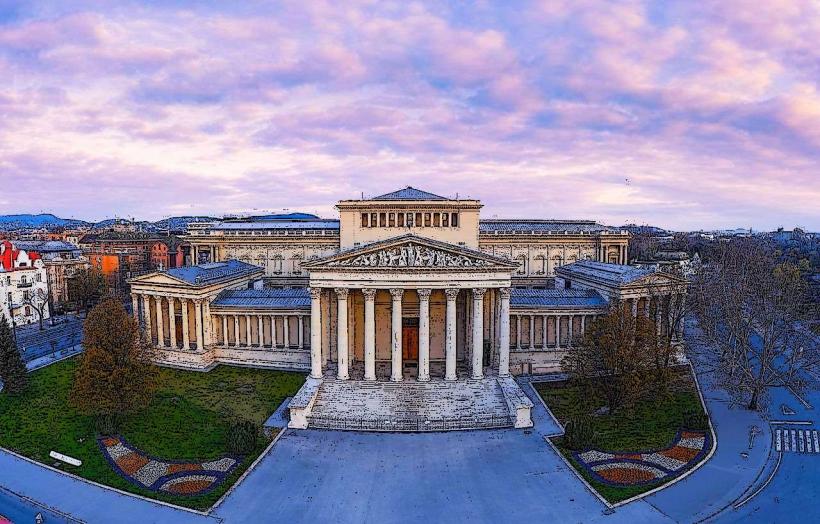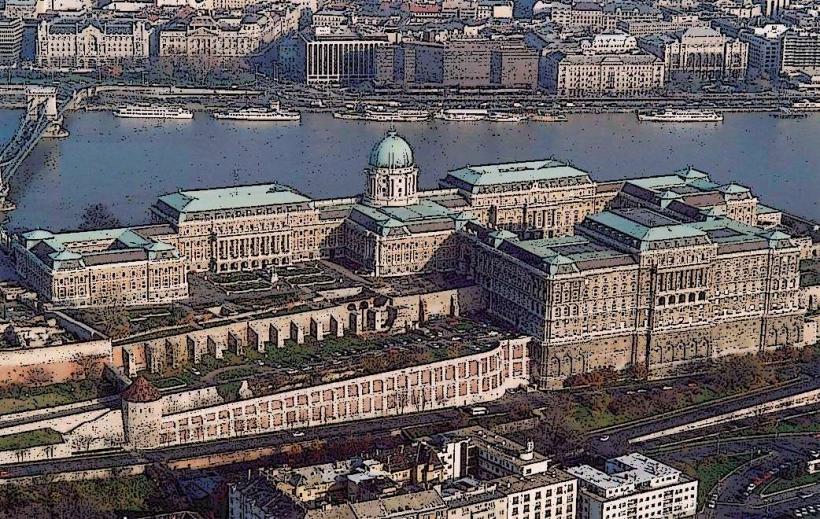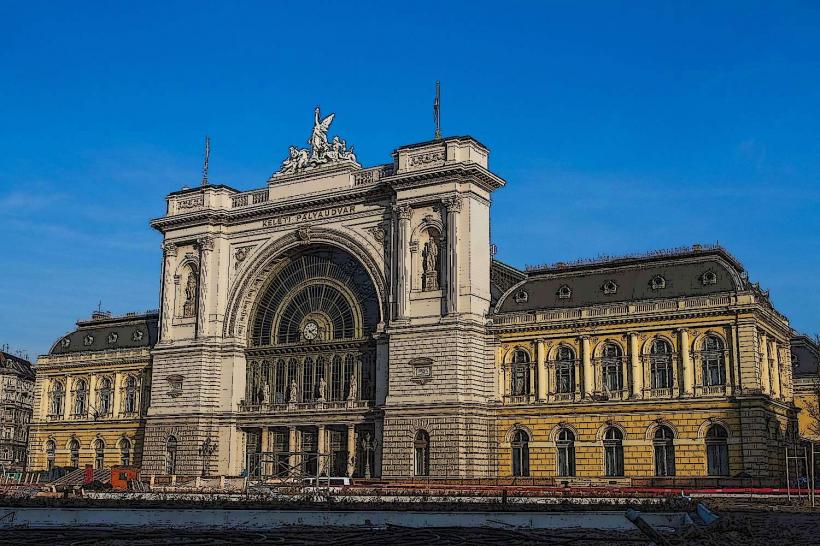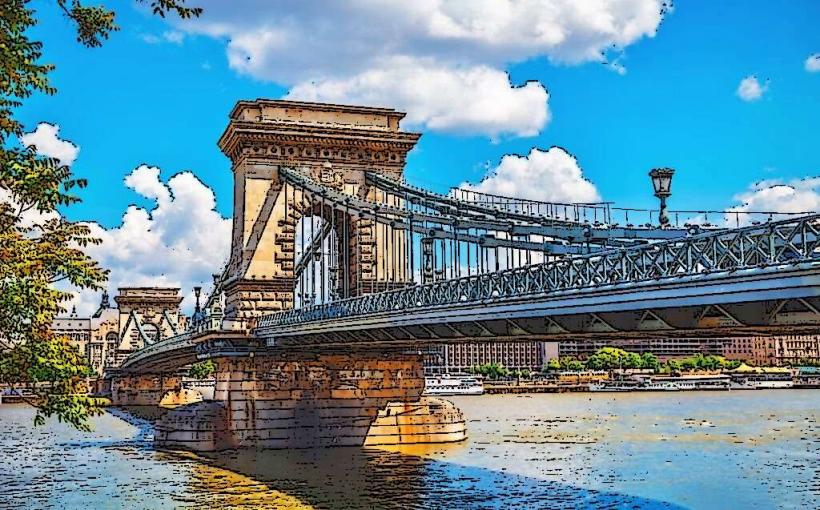Information
Landmark: Andrássy AvenueCity: Budapest
Country: Hungary
Continent: Europe
Andrássy Avenue (Hungarian: Andrássy út) is one of Budapest’s most iconic and elegant streets, often compared to the Champs-Élysées in Paris. Stretching from the City Park (Városliget) in the north to the Erzsébet Square in the city center, it is a grand boulevard lined with monumental buildings, cultural landmarks, and lush green spaces. The avenue is not only an important transportation artery but also a UNESCO World Heritage Site due to its historical significance and architectural beauty.
Historical Background
- Construction and Design: Andrássy Avenue was built between 1872 and 1885, during the reign of the Austro-Hungarian Empire, and was designed as part of a grand plan to modernize Budapest. The construction was part of the development of a grand urban boulevard intended to connect the city's central districts with the Városliget (City Park) and the Heroes' Square.
- Named After Count Gyula Andrássy: The avenue is named after Count Gyula Andrássy, a Hungarian statesman who was a key figure in the Austro-Hungarian Empire and served as the country’s prime minister and foreign minister. He was instrumental in the creation of this grand avenue and the modernization of Budapest.
Key Features and Landmarks Along Andrássy Avenue
Opera House (Magyar Állami Operaház)
- The Hungarian State Opera House, one of the most important cultural landmarks in Budapest, is located on Andrássy Avenue. Opened in 1884, the opera house is a magnificent example of neo-Renaissance architecture. Designed by Miklós Ybl, it features a grand façade and luxurious interior, hosting world-class operas and ballets. It is one of the busiest and most prestigious venues for the performing arts in Hungary.
House of Terror Museum
- The House of Terror is located at Andrássy Avenue 60 and is housed in a building that was used by both the Nazi and Soviet regimes during their respective occupations of Hungary. The museum focuses on the history of totalitarianism in Hungary, particularly the horrors of the Nazi and Soviet occupations during the 20th century. It offers exhibitions on the victims of these regimes and is a poignant reminder of Hungary's complex history.
Andrássy Boulevard’s Architecture
- Andrássy Avenue is lined with beautiful historic buildings that showcase the architectural style of the 19th and early 20th centuries. These buildings, many of which are neo-Renaissance and neo-Baroque in style, house a variety of high-end shops, cafés, embassies, and cultural institutions.
- The avenue also includes mansions, palaces, and luxury apartment buildings, giving the street an air of old-world charm and grandeur.
Heroes' Square and City Park (Városliget)
- At the end of Andrássy Avenue, near the City Park, is Heroes' Square (Hősök tere), one of Budapest's most famous squares. It is dominated by the Millennium Memorial, celebrating Hungary's history, and features statues of Hungarian leaders. The square is surrounded by the Museum of Fine Arts and the Art Hall.
- City Park (Városliget), directly adjacent to the square, is home to several important landmarks, such as the Széchenyi Thermal Bath, the Vajdahunyad Castle, and the Budapest Zoo.
The Hungarian Academy of Sciences
- Located near the southern end of Andrássy Avenue, the Hungarian Academy of Sciences is an important institution for scientific research and the promotion of Hungarian culture and knowledge. The building, constructed in the 19th century, is a splendid example of neo-Renaissance architecture.
Lukács Baths and Wellness
- Not directly on Andrássy Avenue but nearby, the Lukács Thermal Baths are one of the oldest and most famous thermal baths in Budapest. The spa offers a wide range of wellness services and has a historic connection to Hungarian culture, as well as stunning architecture.
Andrássy Avenue's Shops and Cafés
- The avenue is a high-end shopping destination, featuring boutiques of international luxury brands and Hungarian designers. There are also stylish cafés and restaurants, making it a popular place to stroll, shop, or dine. The street is often referred to as the "Champs-Élysées of Budapest" due to its elegance and sophistication.
Andrássy Avenue’s Cultural Importance
- UNESCO World Heritage Site: Andrássy Avenue was inscribed as a UNESCO World Heritage Site in 2002 due to its cultural significance, historical value, and role in the development of Budapest during the 19th century.
- Cultural Events: The avenue frequently hosts cultural events such as fashion shows, art exhibitions, and classical music concerts, particularly in places like the Hungarian State Opera House and House of Terror Museum.
- Connection to Hungarian History: The avenue is a living testament to the social and cultural transformation of Budapest in the 19th and 20th centuries. It symbolizes the city's transition from the medieval and early modern periods to its contemporary status as a modern European capital.
Transportation and Accessibility
- Metro: Andrássy Avenue is well-served by Budapest’s Metro Line 1 (the yellow line), which runs along the street, with stations at Bajcsy-Zsilinszky utca, Opera, and Vörösmarty utca.
- Trams and Buses: Several tram and bus lines also run along or near Andrássy Avenue, making it easily accessible from different parts of the city.
- Walking and Cycling: The avenue is a popular destination for walkers and cyclists, and it is a pleasant route to explore the historical and cultural sites of Budapest.
Conclusion
Andrássy Avenue is one of Budapest’s most historic, beautiful, and culturally rich streets. With its monumental architecture, cultural institutions, and vibrant atmosphere, it remains a key part of the city's heritage. Whether you are admiring the Opera House, reflecting on Hungary’s tragic history at the House of Terror Museum, or simply enjoying the elegant surroundings, Andrássy Avenue offers something for everyone. It is a must-visit destination for anyone exploring the heart of Budapest.

